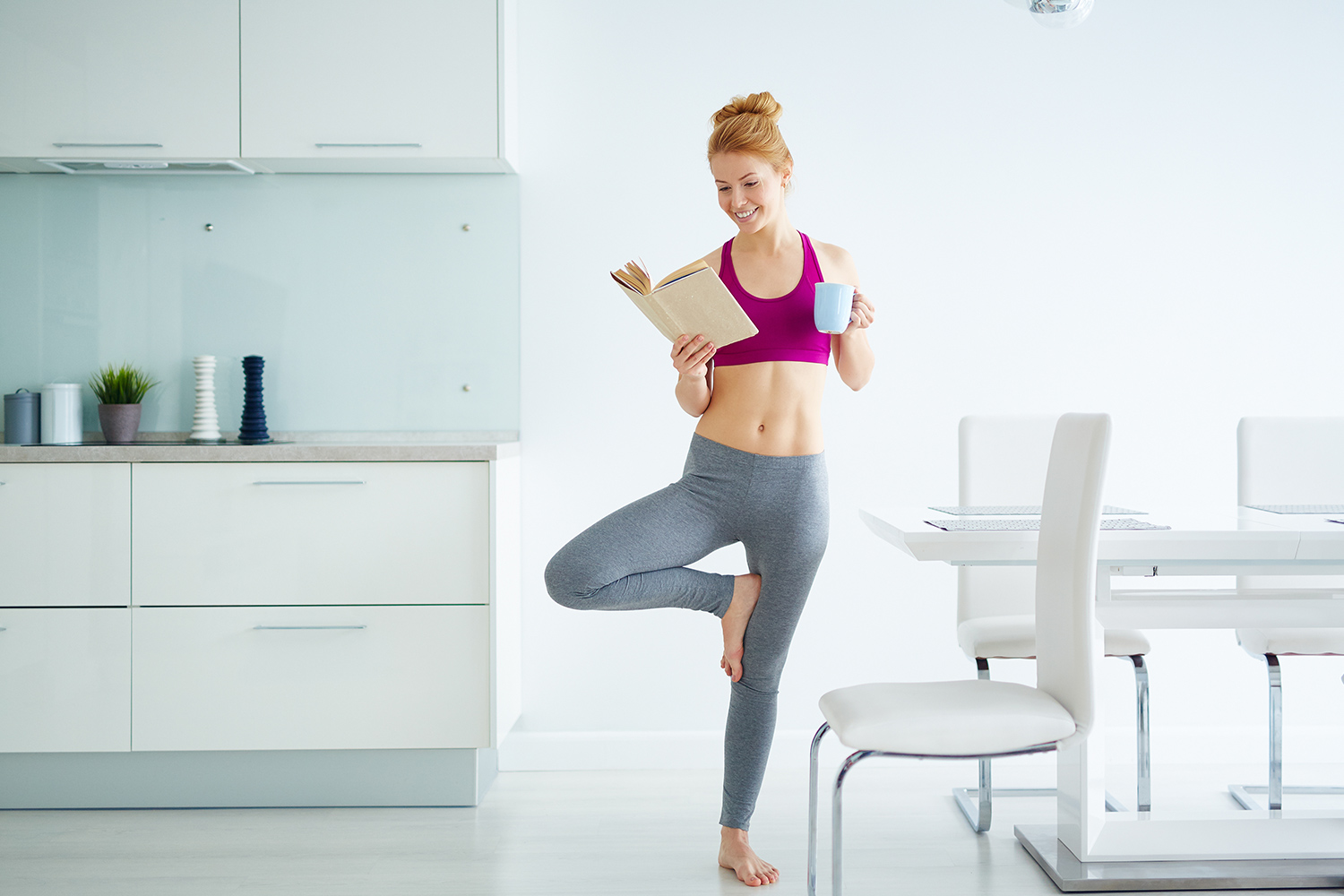Dear Wonderful the Way You Are,
I want you to think about calves. No, not baby cows! The calves on the back of your lower legs. Ever notice that they often seem to be shaped irrespective of the rest of the body? Some are high and tight, others rounded or long. They might be muscularly defined while some are almost non-existent. Why do some unfit people have pronounced calves while others do not?
The answer probably lies in heredity (aka genetics), as is the case for height and most body features – for example, ears, noses, chins, and wrists. The real question seems to be then: why would we think our waists, shoulders, butts and thighs are any different? These too, have a predisposed shape within our overall physique or as some might call body type.* Of course, if someone is severely overweight with a thicker than normal layer of fat under the skin, these will be larger. So, for obese individuals physique can be modified as weight is lost and health is improved. The rest of us closer to or within our ideal body weight range may just be stuck with what we’ve got. And that’s okay!
I can’t tell you how many Ask Our Dietitian requests we get from healthy body weight folks wanting a flatter tummy, tighter tush or more defined abs. Commercials, billboards, magazines, video games, internet sites – everywhere you look there are ridiculously chiseled bodies and flawlessly smooth skin. These repeated images of unattainable beauty and physique come to be our societal ideal to strive towards. But who knows a model’s actual fitness level or a celebrity’s health status? Thinner people probably suffer as much comparison envy and insecurities as do others. What I’m getting at is that the grass isn’t always greener on the other side.
We are all too hard on ourselves. If it’s been a while since you’ve appreciated what you consider to be your finer physical traits, now is the time to take notice and say “Hey, I’ve got (a) great _________.” Reflect on your physical accomplishments and state “I’m proud of what I’ve achieved.” These affirmations and other positive self-talk can help raise your esteem and outlook on physical appearance. When it comes to what others have to say, shift conversations away from how people look and remove yourself from their body-shaming talk. Speak words of compassion for ‘imperfections’ and faults. You might notice that everyone’s happier when we lift each other up.
Body image is the mental representation one creates, but it may or may not bear close relation to how others actually see you.
Psychology TodayI’d encourage you to pay less attention to weight or muscle definition and focus more on your health instead. Perhaps have a fitness assessment by a ProResults trainer to see how you perform on common physical abilities. When you shift your goals from the mirror to improvements in fitness and health, you reap the benefits of exercise along the way, like stress reduction and greater self-satisfaction. With greater conditioning, clothes often fit better regardless of visible toning.
If you feel bogged down by your negative body image, it’s okay to ask for help. Counseling can be effective. Body image therapy is recommended for those with body dysmorphic disorder, a distinct mental disorder in which someone’s preoccupied with an imagined physical defect or a minor defect of a specific body part that others often cannot see. If you feel the need, seek expert advice from therapists in the fields of psychology and eating disorders – they have knowledge to share.
Now, put down that magazine, step away from the mirror, give yourself a hug, and hear (okay, read) this: You are unique. People come in all different shapes and sizes. There is no singular standard of beauty or appeal. Your body is the only one you are given so treat it well, from the inside out and top to bottom. Love thyself, friend.
Resources:
- Psychology Today “How Do I Improve My Body Image?” by Mary Pritchard 2.3.2014
- Pscyhology Today “How to Improve Your Body Image” by Joel Young 1.6.2015
- PsychCentral “10 Ways to Improve Body Image” by Christine Hammond 4.10.2015









